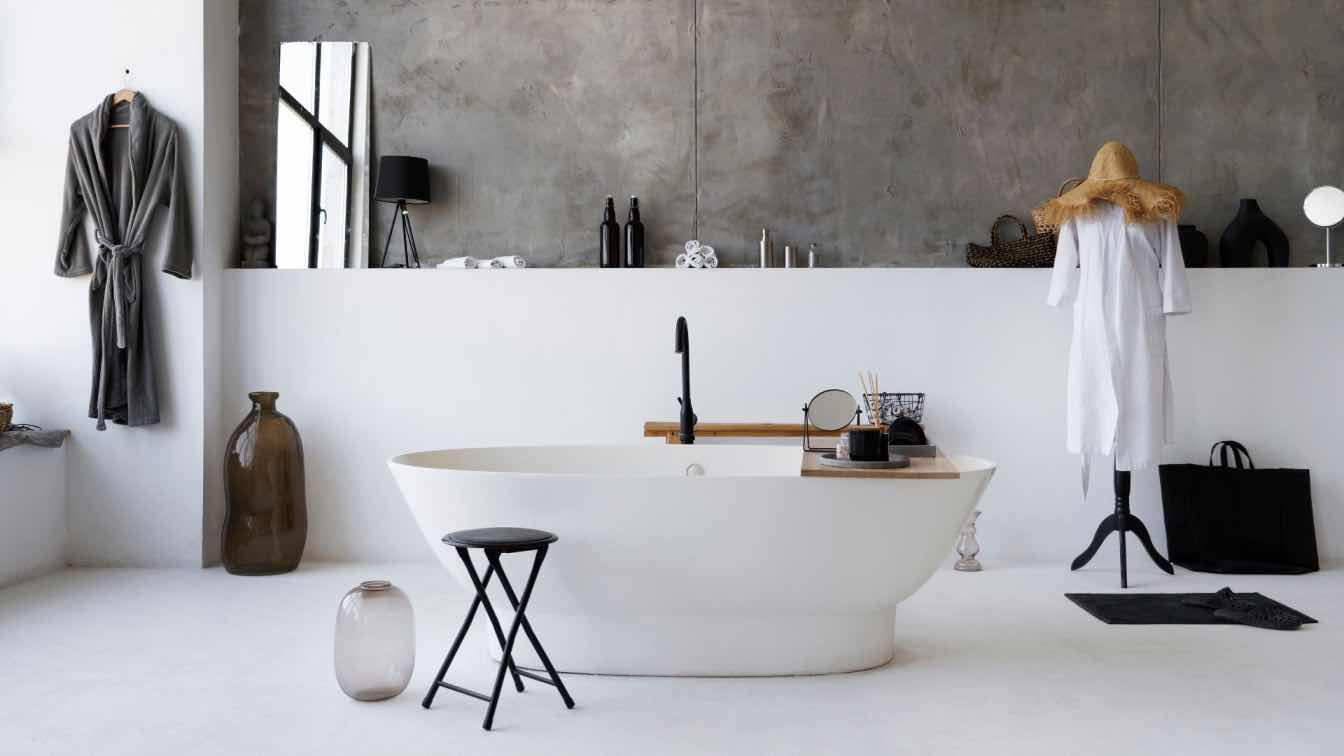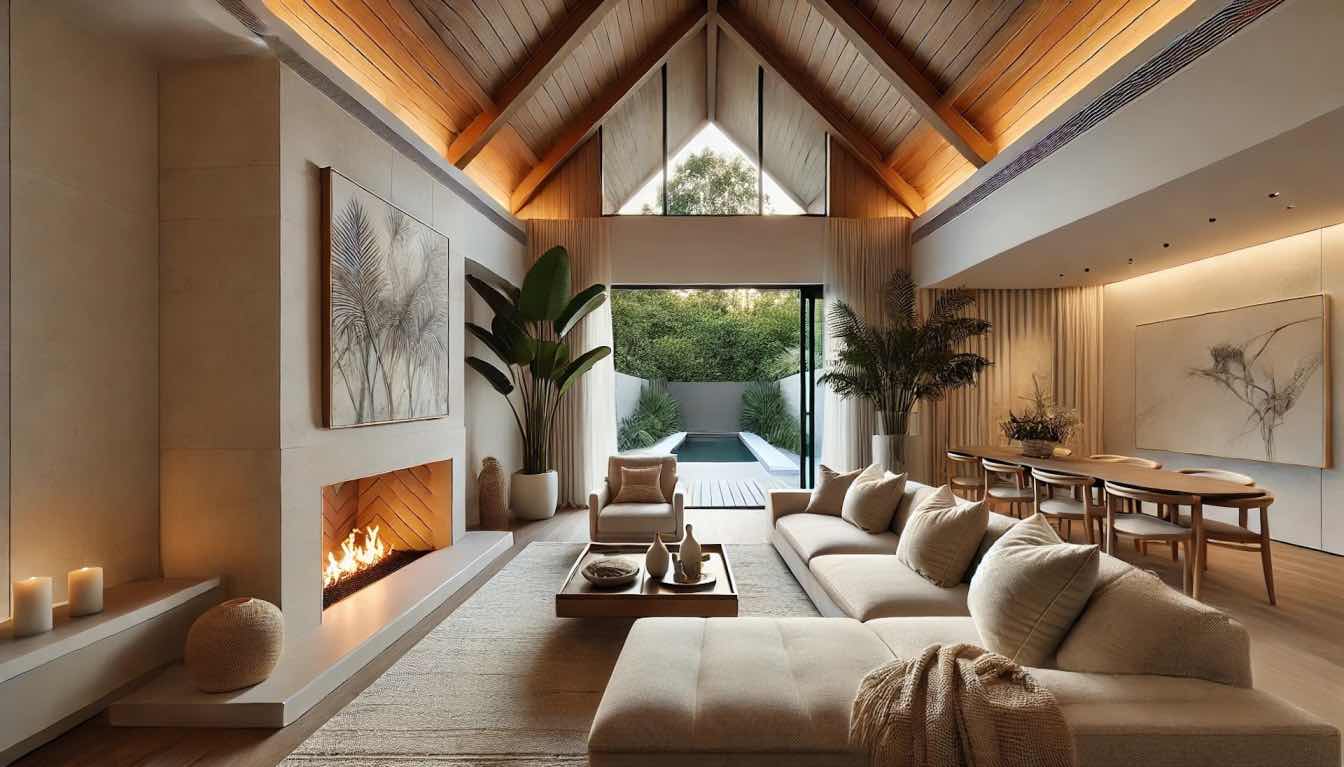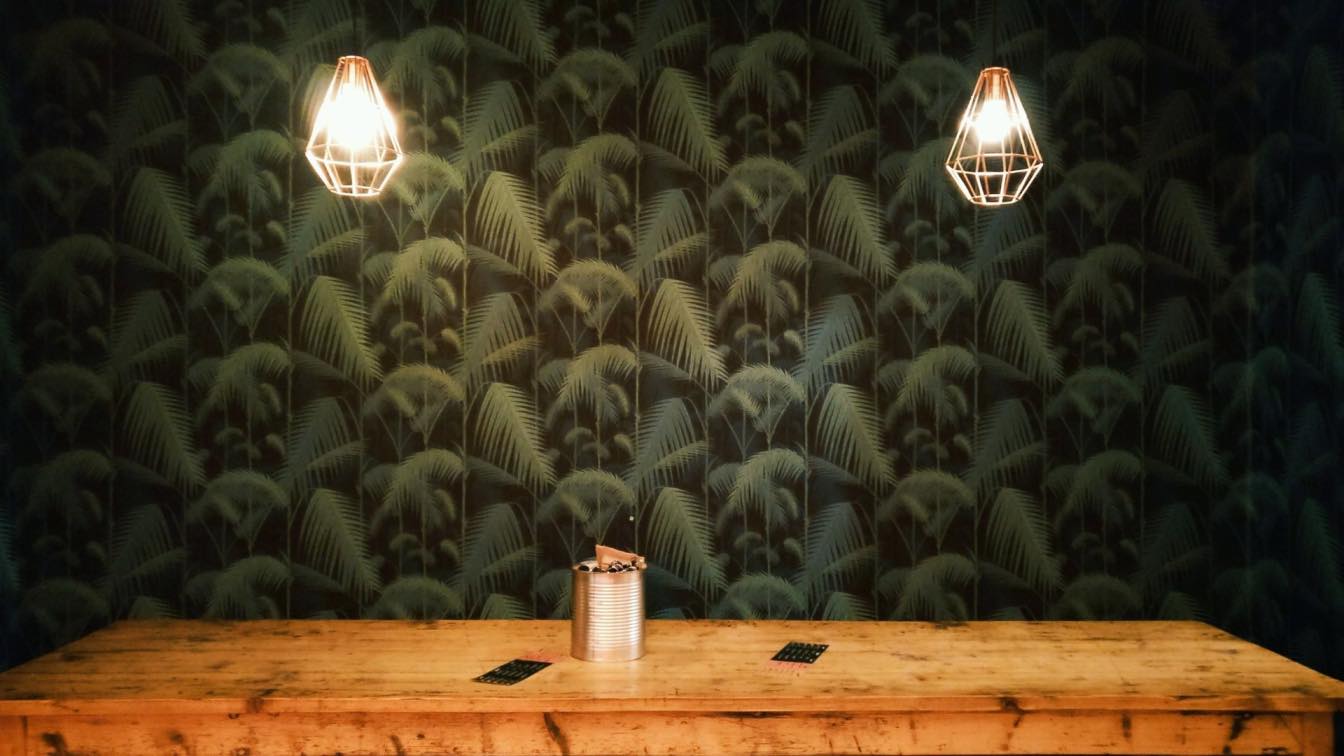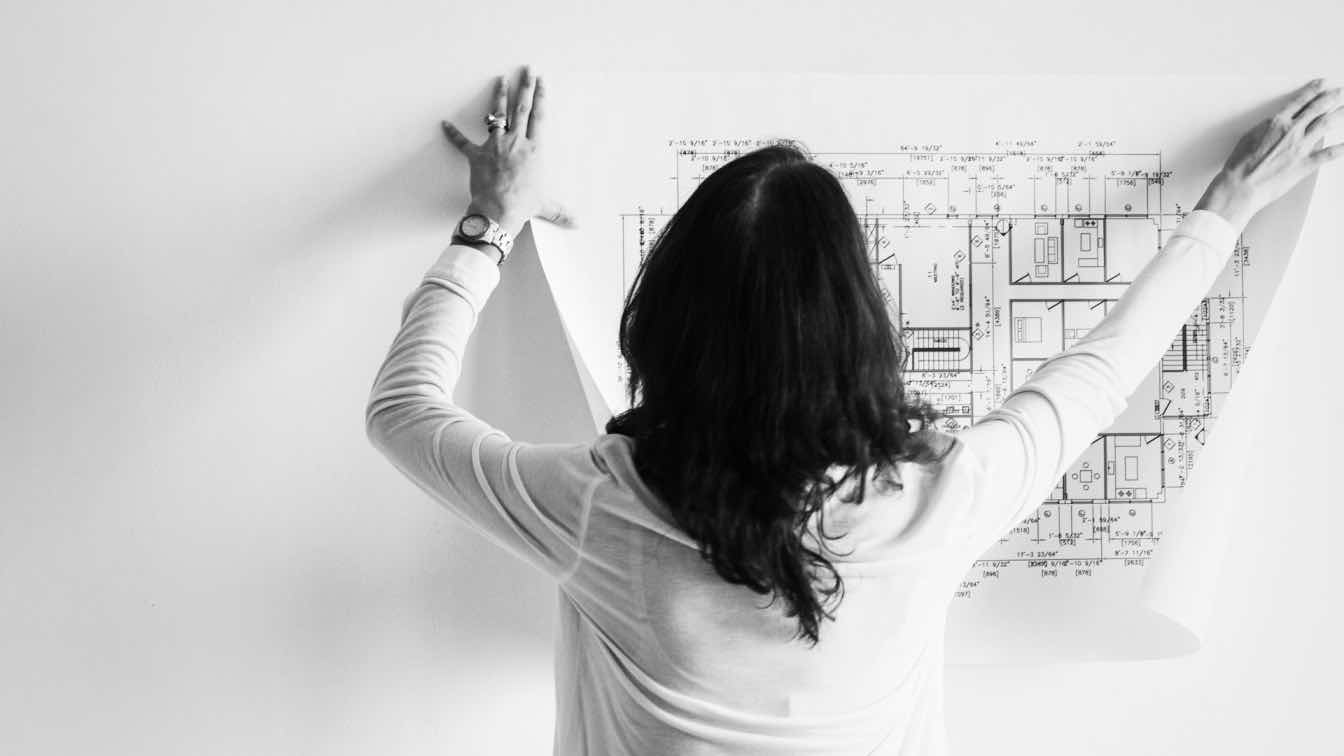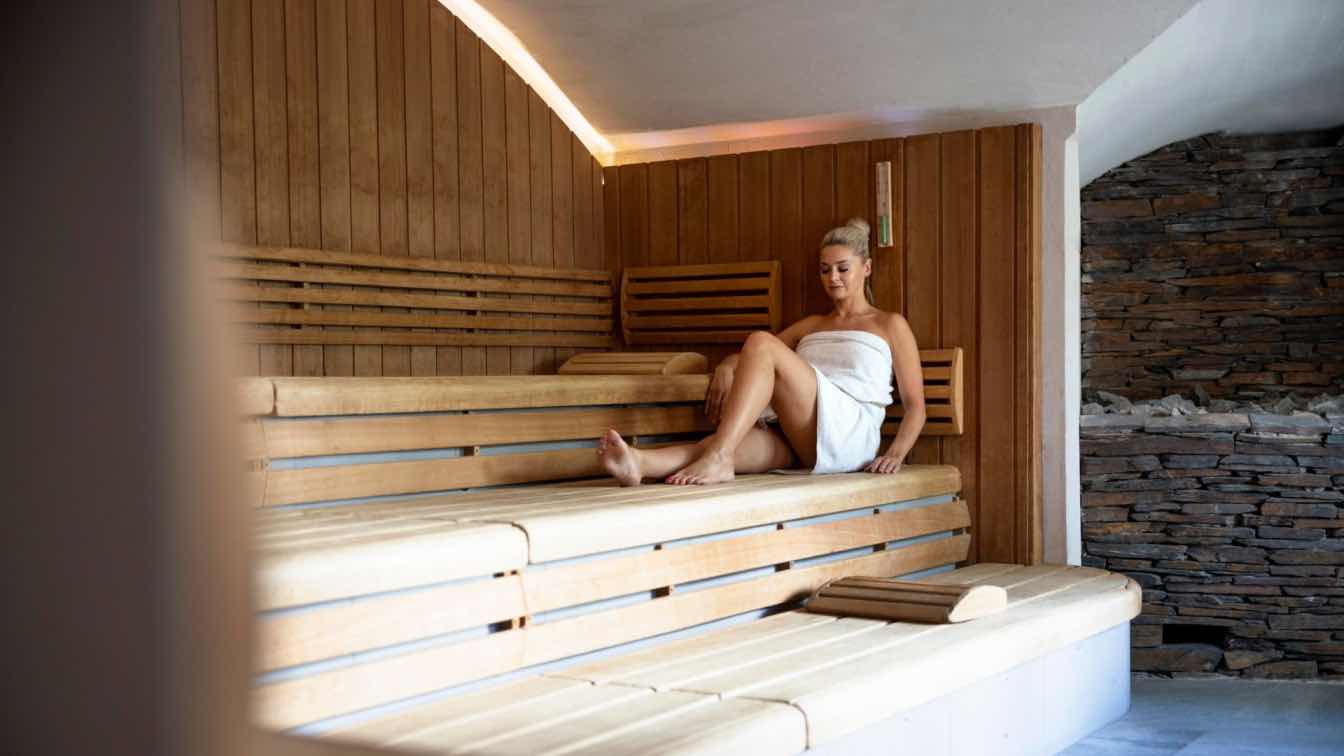Once relegated to purely functional status, the bathroom has dramatically transformed into one of the home's most expressive spaces. The sterile, white-on-white minimalism that dominated design for over a decade has given way to vibrant color palettes, dimensional textures, and personalized elements that reflect individual style. This shift represents more than a mere trend cycle—it signifies a fundamental reconsideration of how these private spaces contribute to well-being and self-expression in the home environment.
Professional remodelers like those at https://jcconstruction.us/bathroom-remodel/ who serve Sacramento homeowners have witnessed this transformation firsthand, noting increased client requests for personalized bathroom spaces that extend beyond conventional design formulas. Compared to just three years ago, these contractors report a 65% increase in requests for colorful tile, textured surfaces, and statement fixtures. The technical expertise required for these more complex installations has driven many homeowners toward professional executions rather than DIY approaches common during minimalist design periods.
Minimalism's Evolution - the New Bathroom Design Language
The monochromatic white bathroom—defined by white subway tile, white porcelain fixtures, and chrome accents—dominated design for nearly fifteen years. This aesthetic originated from practical considerations (white signaling cleanliness) and aspirational minimalism popularized through design media. The approach offered timeless appeal while providing neutral backgrounds appropriate for resale concerns. However, this once-refreshing choice began feeling sterile and impersonal as homes increasingly functioned as multifaceted living environments rather than merely showcases.
Why White-on-White Bathrooms Are Disappearing from Designer Portfolios
Post-pandemic reassessment of home spaces accelerated the shift away from clinical bathroom environments. As people spent unprecedented time at home, sterility fatigue set in across all rooms, with particular impact on bathrooms where self-care routines became essential mental health rituals. Design professionals report that clients now explicitly request "anything but white" as starting points for bathroom renovations, seeking warmth, personality, and sensory engagement instead of the emotional neutrality of minimalist spaces.
White bathrooms remain appropriate in many contexts, particularly in smaller spaces or homes preparing for immediate resale. Homeowners should consider immediate enjoyment and long-term plans when deciding how boldly to deviate from established neutral palettes.
The Color Revolution
Color drenching—applying a single color across multiple surfaces, including walls, ceiling, and sometimes cabinetry—has emerged as one of the most dramatic bathroom design approaches in 2025. This technique creates immersive, cocoon-like environments that envelop users in color while simplifying design decisions through its unified approach. The method proves particularly effective in smaller spaces like powder rooms, where traditional design wisdom once dictated light colors to create the illusion of spaciousness.
The psychological impact of color-drenched spaces differs significantly from rooms with traditional color application limited to walls. Full immersion in color creates more emotional resonance and sensory engagement, with blues and greens typically producing calming effects while terracottas and yellows energize the space. This scientific understanding of color psychology increasingly guides selections beyond mere aesthetic preference, with designers recommending specific hues based on whether the bathroom primarily serves morning energizing functions or evening relaxation purposes.
Color drenching represents a significant commitment that may require professional painting or specialized application techniques. Homeowners should test colors extensively under different lighting conditions before implementing this approach, and consider starting with powder rooms rather than primary bathrooms when experimenting with complete color immersion.
Nature-Inspired Color Palettes Creating Organic Bathroom Experiences
Biophilic design principles have profoundly influenced bathroom color trends, with nature-derived palettes bringing the outdoors inside these typically internal rooms. Earth tones ranging from warm terracottas to mushroom browns and mossy greens create grounding environments that support relaxation while maintaining visual interest. These organic color families bridge traditional neutrals and more adventurous color applications, providing accessible entry points for those transitioning from minimalist approaches.
Regional landscape influences increasingly inform bathroom color selections, creating a sense of place through local environmental references. Coastal areas favor ocean-inspired blues and sandy beiges, while desert regions embrace warm terracottas and sage greens reflective of their surroundings. This localization of color creates more authentic connections to place than the placeless white bathrooms that previously dominated, regardless of geographic context or architectural style.
Nature-inspired colors often contain complex undertones that can shift dramatically under different lighting conditions. Professional color consultation may prove valuable when selecting these nuanced hues, particularly when working with large-scale applications like tile, where corrections become prohibitively expensive after installation.
Texture Renaissance - Moving Beyond Flat Surfaces
Textural elements have emerged as the defining characteristic separating 2025 bathroom design from its predecessors. Dimensional tile represents the most prominent manifestation of this shift, with three-dimensional surfaces adding visual interest and tactile experiences missing from flat-surfaced minimalist bathrooms. Manufacturers have responded with unprecedented variety in relief patterns, from subtle ripples to dramatic geometric projections that create shadow play across surfaces.
The 3D Revolution in Bathroom Surfaces
Installation approaches vary based on spatial considerations and desired impact. Complete wall applications of dimensional tile create stunning focal points, particularly in shower areas where water flow enhances the sculptural qualities of the surface. More restrained applications include backsplash accents and feature bands introducing texture without overwhelming smaller spaces. In either approach, these surfaces transform light interaction throughout the day, creating living environments that change with natural light conditions rather than maintaining static appearances.
Dimensional tile installations often require specialized setting techniques and increased material quantities compared to flat tile. Due to additional labor complexity and material requirements, installation costs may be 20-40% higher than comparable flat tile projects. Homeowners should verify that contractors have specific experience with three-dimensional tile before proceeding with these installations.
Creating Textural Conversation in Bathroom Design
Material diversity has replaced material unity as the guiding principle in contemporary bathroom design. Current approaches intentionally combine contrasting textures—rough stone alongside polished metal, matte ceramics against glossy glass—to create sensory richness and visual complexity impossible with uniform materials. This textural conversation adds sophistication without requiring bold color commitments, making it particularly appropriate for those seeking design interest while maintaining relatively neutral palettes.
Strategic material placement enhances both aesthetic impact and functional performance. Textural variations direct attention to design focal points while providing tactile wayfinding—smooth surfaces where clean hands touch, and more textured surfaces in other areas. This thoughtful approach to material selection elevates bathroom design beyond visual considerations to create multi-sensory environments that engage touch as much as sight.
Material combinations require careful consideration of maintenance requirements and longevity. Different materials age at different rates and may require varying care routines. Homeowners should request comprehensive maintenance information for all selected materials to ensure satisfactory long-term performance.
Material Evolution in Bathroom Design
Metal finishes have transformed completely, with warm-toned brass, bronze, and gold replacing the cool chrome and nickel that dominated previous decades. These warmer metals add richness and character while complementing the broader shift toward warmer color palettes throughout bathroom spaces. Their reflective qualities introduce subtle light play that enhances rather than dominates visual interest.
Warm Metals Replacing Chrome
Application approaches range from cohesive use of a single warm metal throughout the space to intentional mixing of metal finishes guided by warmth compatibility rather than exact matching. This more relaxed approach to metal coordination liberates homeowners from the formerly rigid requirements of matching every bathroom metal element, allowing incorporation of vintage pieces, existing fixtures, or budget-conscious selections without compromising design integrity.
Warm metal finishes vary significantly in durability and maintenance requirements. Unlacquered brass develops a natural patina that requires acceptance of change, while sealed finishes maintain a consistent appearance but may eventually require professional refinishing. Homeowners should understand these characteristics before selecting specific warm metal products.
Natural Stone Beyond Marble
Stone selection has diversified dramatically beyond the white marble that became nearly ubiquitous during minimalism's reign. Travertine has experienced a particular renaissance, with its warm tones and natural voids offering organic character perfectly aligned with current preferences for natural imperfection over manufactured perfection. Quartzite provides practical alternatives with greater durability and lower maintenance while offering natural variation and character.
Colored stones, including green marble, terracotta limestone, and blue-toned varieties, add natural color that feels more grounded than manufactured alternatives. These materials often serve as design drivers, establishing color palettes and material directions for entire bathroom compositions. Their innate variation creates natural interest without requiring additional design elements, making them particularly valuable in spaces seeking richness with restraint.
Natural stone requires specific maintenance protocols and periodic sealing to maintain appearance and prevent staining. These requirements vary by stone type, with some varieties requiring significantly more maintenance than others. Homeowners should fully understand care requirements before selecting natural stone for bathroom applications.
Creating Memorable Bathroom Moments
Vanities have evolved from utilitarian storage pieces to furniture-quality design anchors expressing personal style. The white rectangular vanity with minimal hardware has yielded to richly colored, textured alternatives with architectural presence and visual weight. These statement pieces often incorporate specialized finishes, including fluted wood detailing, hand-painted surfaces, or metallic accents that elevate the entire bathroom's design sophistication.
Statement Vanities as Bathroom Focal Points
Custom and semi-custom vanities have become more accessible through specialized manufacturing processes that bridge mass production and complete bespoke work. These middle-path options allow personalized dimensions, finish selections, and hardware choices without the extreme cost of completely custom cabinetry. The resulting pieces express individually while maintaining the practicality necessary for daily bathroom functions.
Statement vanities represent significant investments, with quality pieces typically starting at double the cost of basic builder-grade options. Homeowners should prioritize quality construction alongside aesthetic considerations, as these pieces endure significant moisture exposure and daily use, which reveal any compromises in materials or craftsmanship.
Decorative Fixtures Enhancing Bathroom Design
Lighting has transcended pure function to become sculptural bathroom elements, introducing artistic expression, material interest, and ambiance alongside illumination. Decorative sconces, pendant lights, and even chandeliers now enhance bathrooms of all sizes, departing dramatically from the basic integrated lighting of minimalist designs. These fixtures often incorporate mixed materials, including glass, metal, and natural elements that complement the overall design direction.
Strategic placement creates both practical illumination and visual impact. Symmetrical arrangements flanking mirrors provide balanced face lighting, while asymmetrical installations create more dynamic design tension. Multiple lighting layers—ambient, task, and accent—allow varied atmosphere creation for different uses and times of day, transforming how bathrooms function beyond basic morning and evening routines.
Bathroom lighting requires specific ratings for wet locations to ensure safety and longevity. Not all decorative fixtures, particularly vintage or imported pieces, meet these requirements. Homeowners should verify appropriate safety certifications for all bathroom lighting selections, particularly those installed near water sources.
Making Bold Designs Work in Real Homes
Contrary to conventional wisdom suggesting restraint in small bathrooms, these compact spaces often support the most dramatic design expressions. Powder rooms particularly excel with bold treatments. Their limited square footage actually enhances impact while requiring less material investment than larger spaces. The brief occupancy periods typical in these rooms allow more dramatic design choices that might overwhelm spaces used for extended periods.
Bold Design in Compact Bathrooms
Scale-appropriate implementations require thoughtful material selection and pattern sizing. Smaller bathrooms benefit from appropriately scaled patterns and textures that maintain proportion to the space rather than simply miniaturizing designs from larger rooms. Similarly, color impact intensifies in compact spaces, sometimes requiring toned-down versions of hues that work successfully in more expansive environments.
Bold design implementations in small bathrooms must consider clearances and functional requirements that cannot be compromised, regardless of aesthetic goals. Professional design guidance helps navigate these practical constraints while achieving maximum visual impact within limited square footage.
The boldness revolution in bathroom design offers unprecedented personal expression opportunities in these formerly utilitarian spaces. By thoughtfully incorporating color, texture, and statement elements with attention to practical considerations, homeowners can create bathrooms that enhance well-being through both functionality and visual delight. The most successful implementations balance experimentation with restraint, creating contemporary and timeless spaces while reflecting authentic personal style.

